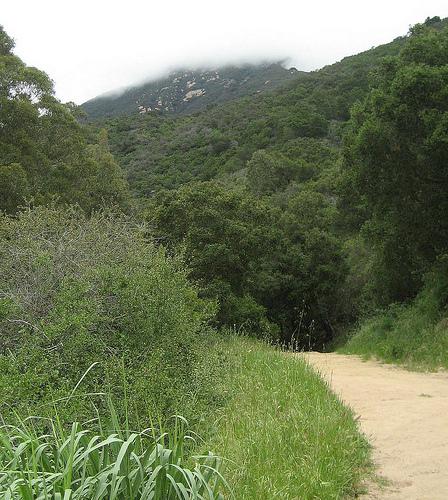
Clouds and fog jockey with the blue sky above us, and obscure the tips of the Santa Ynez Mountains.
We drive through Montecito and turn on to Park Lane. At the end of the residential street, we find the San Ysidro Trail, and walk to the trailhead, in the company of other small groups of people who are beginning their hike. Kids yell and shout to each other, and run past us; their dogs join in the chase. We step aside until they, and their parents, have all gone ahead. The trail is quiet again, and all ours.
At this period, traveling through Alta California was over trails, some of which were broad and well worn, but few of which attained to the dignity of roads - even after the introduction of the cumbersome ox carts....
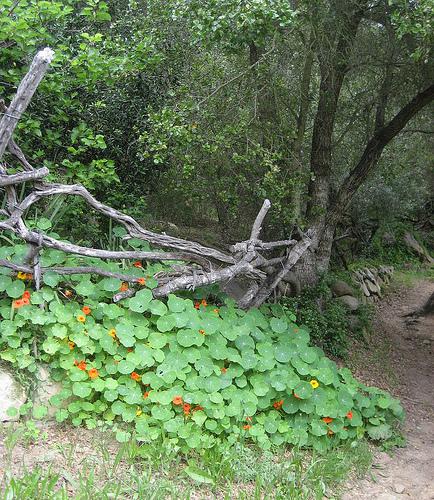
The trail is shaded, and lush with shrubs and vines. There are glimpses of sprawling homes, hidden among the shadows. The path winds above the edge of the little creek. Water tumbles below us, coursing over and around large boulders, an exuberant flume that rushes into swirls and eddys. It pools in places, still and deep. Sycamores dip their lanky branches into the dark water.
Extending, however, along the coast from Mission to Mission was one well-traveled highway known as the Camino Real, or Royal Highway, which connected at San Diego with the system of Mission highways of Baja California known as the Gulfo Camino Sierra Camino, and Pacifico Camino. All of these highways were constructed by the padres as a means of communication between the Missions, and over them a mounted mail carrier bore the dispatches from the City of Mexico.
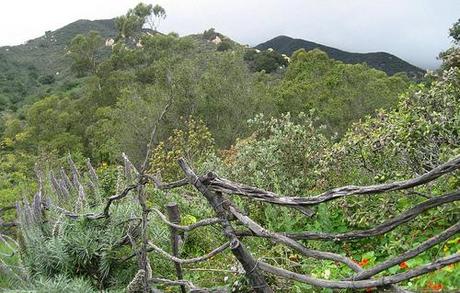
We ease off the main San Ysidro Trail to the narrower path marked, Old Pueblo Trail. The trail bisects the backside of private gardens here. The rough little trail is embellished with the wild forms of Pride of Madera, large protea bushes, breath of heaven, jasmine vines, and other flora, interspursed among the native landscape. It's added a dash of caprice to the natural beauty, these purposeful touches - incongruous, certainly intentional. Beautiful.
The Camino Real was the road over which Junipero Serra regularly traveled when he visited the Missions which he had established in Alta California, and in later years, it became the principal highway along the coast. It would be impossible, now, to locate with absolute accuracy the course followed by the Camino Real throughout all its length. In fact, for short stretches, the route traveled must have varied slightly with the seasons.
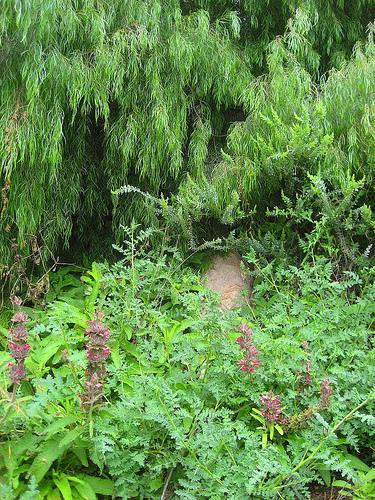
Soon, though, we are above the gardens, now surrounded only by what nature has grown. We skirt the base of the foothills at an elevation that allows for glimpses of the Montecito Valley, the Santa Barbara Mesa - we can even see a little passel of sailboats from here. They look to us no bigger than grains of rice as they glide around, atop the slick bluegreen sea.
It was not concerned with government section lines nor neighbors' fences, but followed the course most convenient to travel from Mission to Mission. In the immediate vicinity of Santa Barbara, it is not probable that it followed the beach westward from the eastern limits of the city, as in those day there would have been much difficulty during many months of the year in reaching either Mission or presidio from that direction...
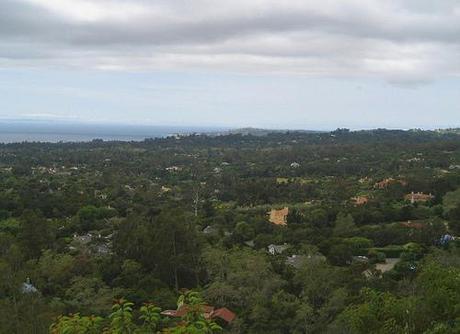
The trail is narrow, hard-packed earth. It is embedded with small stones and the old, earthen imprints of horseshoes. I had tried to find out more information before our walk today, but I could find nothing definitive about the age and origin of the trail. I did find the except, included here, in a book written by Walter Hawley in 1920. It is entitled The History of Santa Barbara, California.
Hawley, a wealthy capitalist from San Francisco, had arrived in Santa Barbara in 1886. He became one of the earliest city developers of the "American Period." He purchased much of the land that is now known as Santa Barbara's Riviera, and the Hawley Building still bears his name in the 1200 block of State Street.
The plat which accompanies the patent of the Pueblo of Santa Barbara from the United States in 1860, represents Mission creek emptying into the estero which was then part of the lagoon. During heavy rains, the creek forced its way to the ocean and was difficult to cross, but after the heavy rains were over, the drifting beach sands barred the passage of the creek to the ocean, and the waters filled the estero...

Walking this trail brought to mind his description of the original Camino Real. And, whether or not this is the actual path he described, it bears the flavor of the original, certainly. I imagine them here, the Chumash, the Spanish, Mexicans, and the early Europeans of this area, traveling from one pueblo, one village to the other, one mission to the next.
They would have wound slowly at the base of the foothills, beneath clouds and fog as we are now, and in hot summer sunlight, and sometimes buffeted by cold winter winds. They would have stopped at a high point in the trail, as we do now, to admire the curve of coastline, the rise of the islands, the backbone of mountain behind us.
They brought their families and horses and mules and dogs. They brought news, and mail, and supplies. Like us, they passed low waves of clover in the springtime, and patches of opuntia cactus bearing sweet red fruit in the summer. They traveled beneath the live oaks, maybe even these very same trees that spread overhead, large and dark even then.
Later in the year, when the creek ceased to flow in its lower stretches, the flowing springs of the De la Guerra Gardens fed the lake. Further eastward, the old racetrack recently bought by the city [Bird Refuge Lagoon - cb] was under water during winter, and the overflow from it, as well as the waters from Sycamore Canyon, forced channels across the beach where the yielding sands would make crossing dangerous.
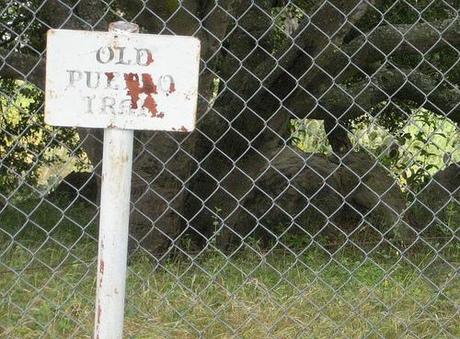
The most direct route from Montecito to the Mission would have been to the north of the old racetrack and skirting the foothills, and during part of the year, it would have been the only practical route. From a point near where Canon Perdido street reaches the base of the foothills, a branch road probably passed around the head of the lagoon to the presidio.
~ Walter Agustus Hawley, The Early Days of Santa Barbara, California, 1920

